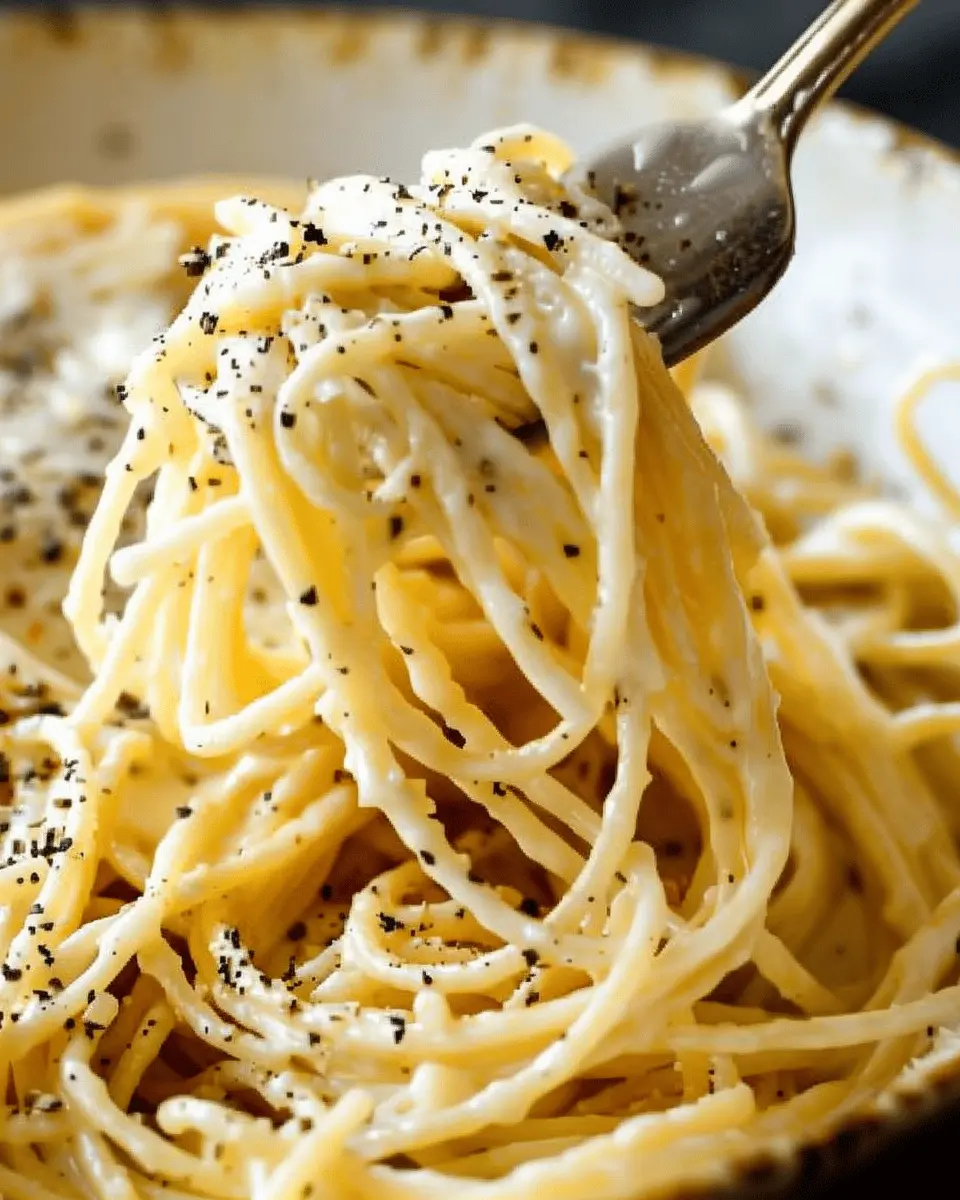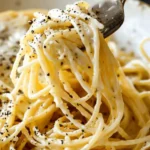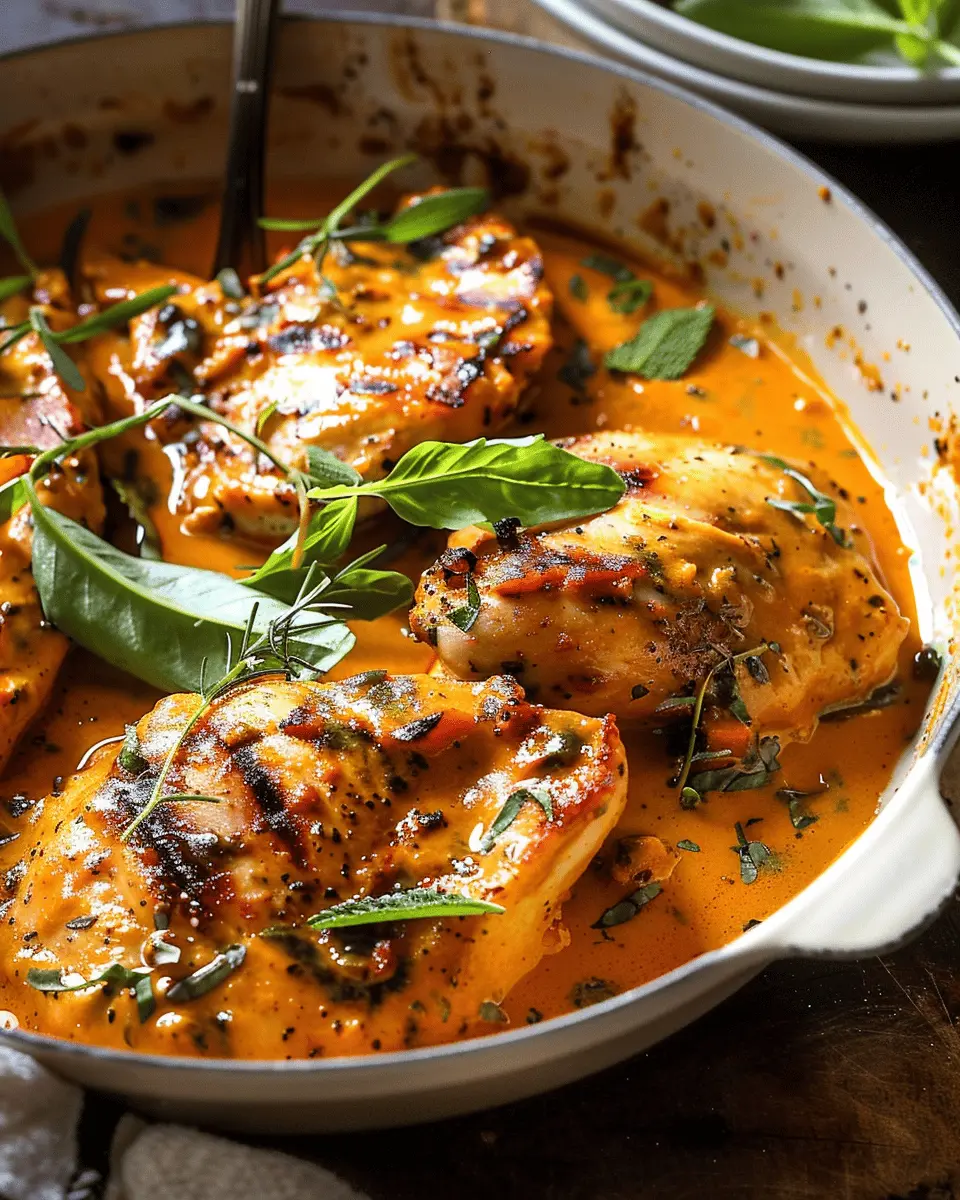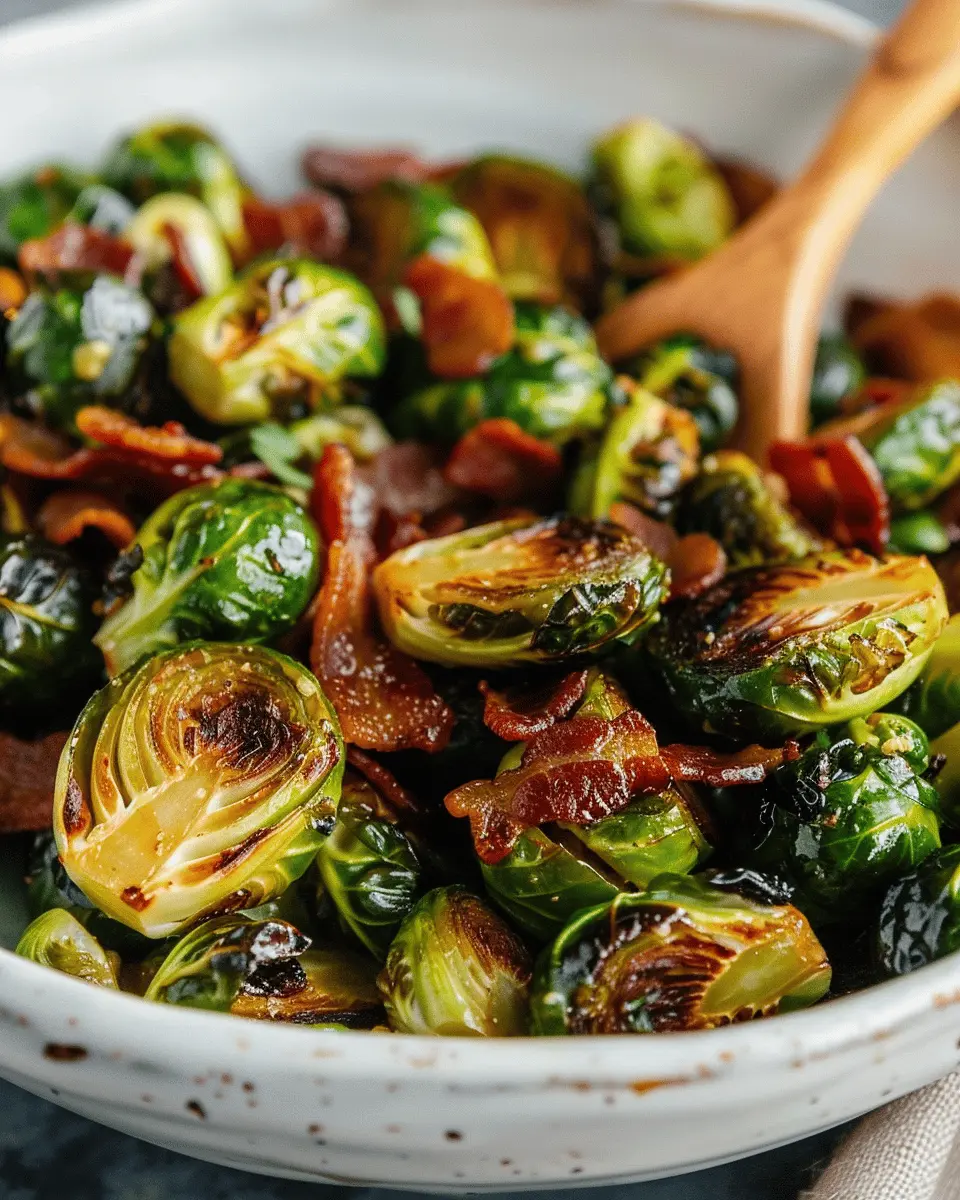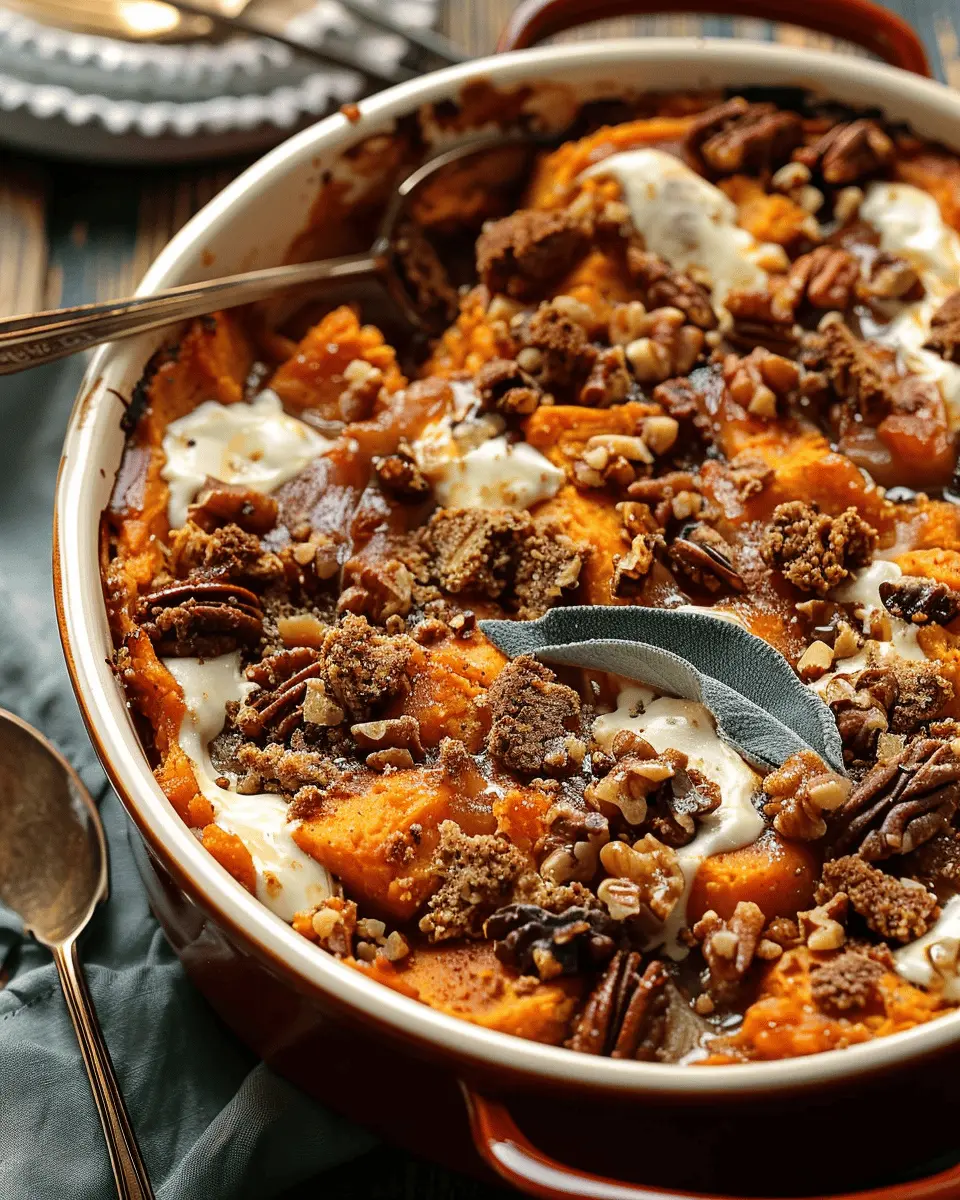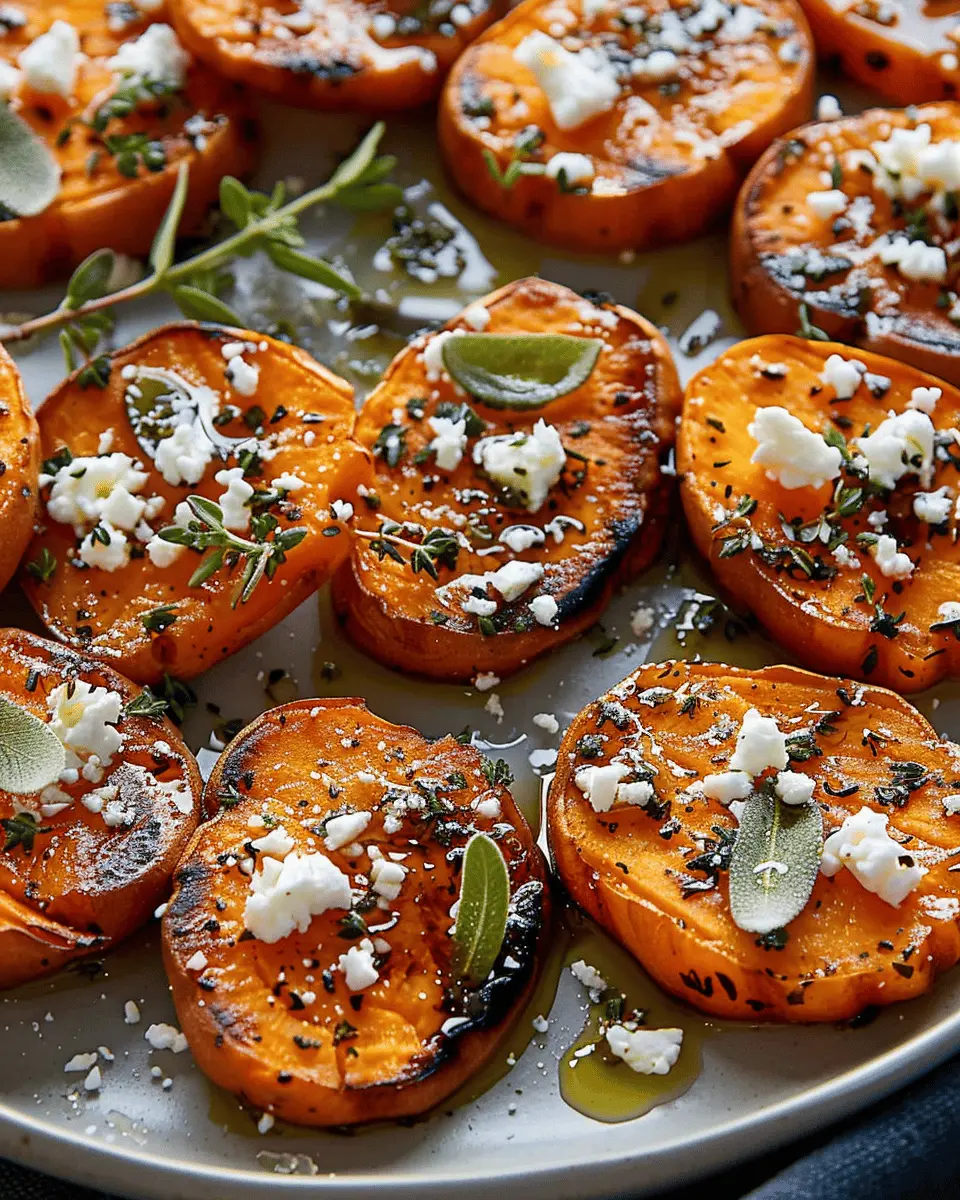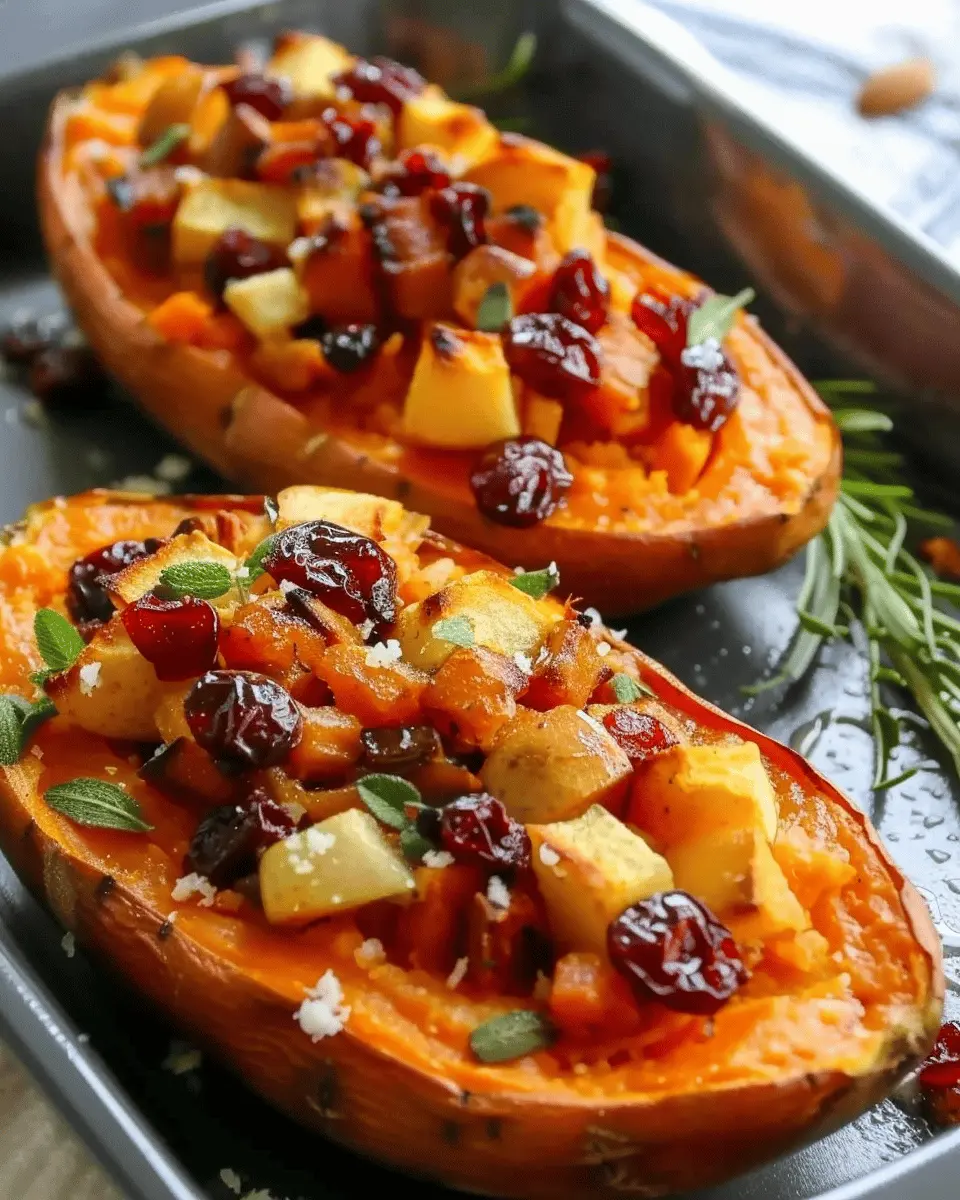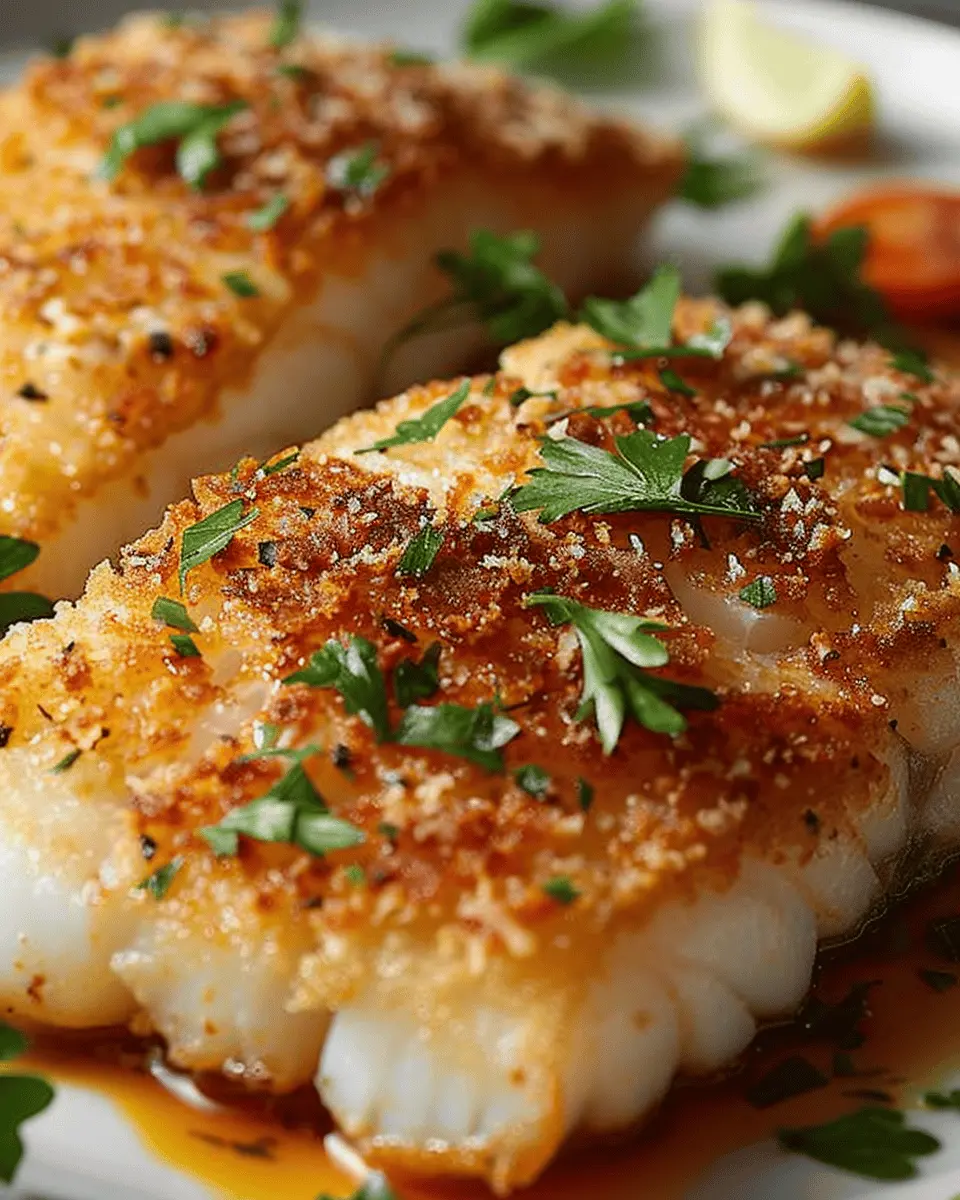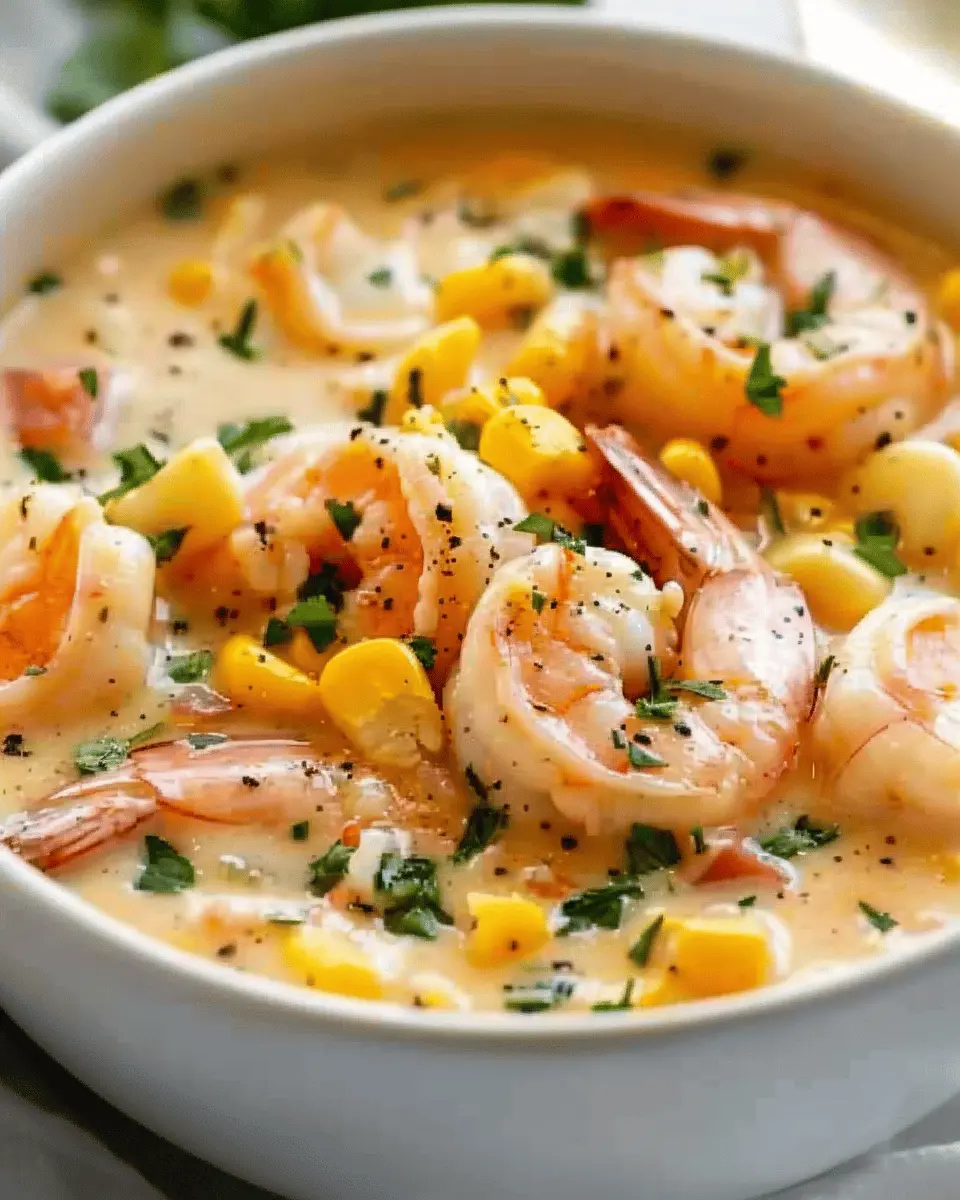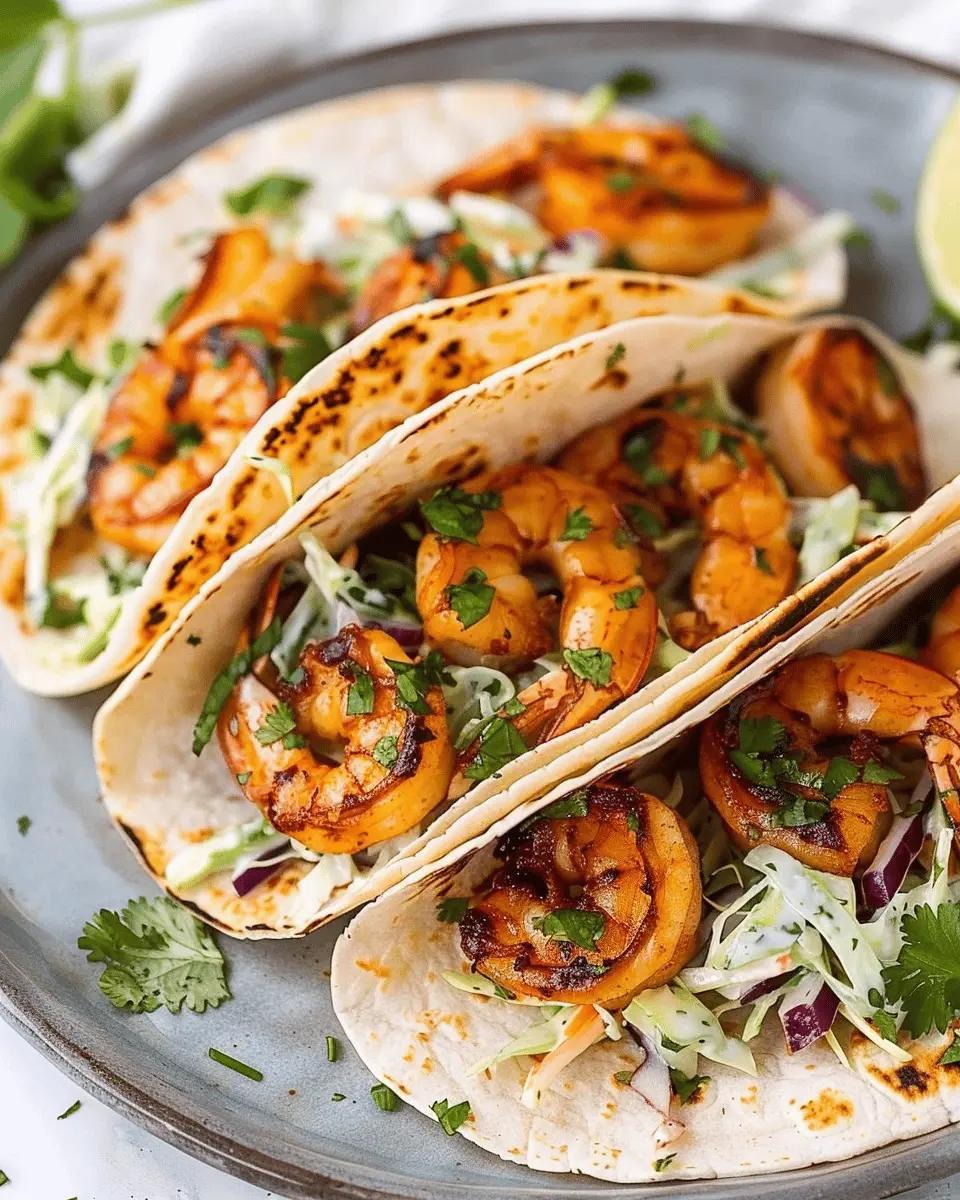Outline for the Best Cacio e Pepe Recipe
Cacio e Pepe is a classic Roman dish that epitomizes the beauty of simplicity in cuisine. With just a handful of ingredients, it’s both comforting and sophisticated, making it a go-to recipe for young professionals seeking something quick yet impressive for dinner. In this section, we’ll break down the essentials of crafting the best cacio e pepe recipe, exploring tips, tricks, and the philosophy behind this beloved meal.
Understanding the Basics of Cacio e Pepe
At its core, Cacio e Pepe translates to “cheese and pepper,” which perfectly describes the basic components of this dish. Traditionally, it’s made with spaghetti, Pecorino Romano cheese, and freshly cracked black pepper. Here are the key elements you need to focus on:
- Pasta: Use high-quality spaghetti or tonnarelli. Fresh or dried, it all depends on your preference.
- Cheese: Pecorino Romano is a must, providing that creamy, salty foundation. However, you can mix in some Parmigiano-Reggiano for added depth if you wish.
- Pepper: Freshly ground black pepper adds a perfumed heat and a beautiful visual contrast to the dish.
This Italian staple is more than just a meal; it’s about enjoying the process of cooking and savoring every bite. But have you ever wondered why this dish has become so popular? The simplicity allows it to fit into various dietary preferences without losing its authenticity.
Essential Tools for Crafting Cacio e Pepe
Having the right tools can make or break your cooking experience. Here’s a rundown of what you’ll need for the best cacio e pepe recipe:
- Large Pot: For boiling the pasta.
- Colander: To drain the pasta without losing that valuable starchy water.
- Pan: A large skillet works best for combining the cheese and pepper with the pasta.
- Pasta Tongs: Handy for tossing and plating.
The Science of Perfect Pasta
You might be curious—what’s the secret to cooking pasta perfectly? According to the experts at the Pasta Institute, the ideal pasta should be cooked al dente—tender but slightly firm. Here’s how to achieve that:
- Use a pot large enough to allow the pasta plenty of room to move around.
- Salt your boiling water generously. The water should be as salty as the sea!
- Remember to save some pasta water (about a cup) before draining, as it contains the starch that will help create a creamy sauce.
Choosing the Right Cheese for Your Cacio e Pepe
The cheese is the star of this dish, so here’s where you can get a bit picky. Pecorino Romano is traditionally used, but if you’re looking for alternatives due to dietary restrictions, consider the following:
- Nutritional yeast: A great vegan substitute that adds a cheesy flavor without dairy.
- Parmesan cheese: While different in flavor, it can still work well when mixed with Pecorino.
The key is to ensure your cheese is finely grated. This will allow it to melt more easily and coat the pasta without clumping.
Tips for Combining the Ingredients
Now, let’s talk about the fun part—combining everything! Here are some tricks to ensure that you get that silky, creamy texture that everyone craves:
- Toss, don’t stir: Gently toss the pasta with the cheese and pepper rather than stirring vigorously. This motion helps the cheese emulsify with the starches and create a sauce rather than a clumpy mess.
- Pasta water is your friend: If your sauce is too thick, simply add a splash of the pasta water to loosen it. This starchy addition works wonders!
- Freshly ground pepper: Don’t skimp on the pepper. Freshly ground delivers not just flavor but also a fragrant aroma.
Personalizing Your Cacio e Pepe
While the best cacio e pepe recipe is beautiful in its simplicity, you can always add your personal touch. Here are some ideas:
- Vegetables: Consider adding sautéed spinach or arugula for a fresh note.
- Proteins: Incorporate sautéed shrimp or turkey bacon if looking to add something meaty without overwhelming the dish.
- Nuts: Pine nuts or walnuts can add a delightful crunch when toasted lightly.
Common Mistakes to Avoid
Even the best chefs make mistakes. Here’s a short list of pitfalls to steer clear of:
- Using low-quality cheese: Avoid pre-packaged cheese; freshly grated has the best texture and flavor.
- Rushing the cooking process: Make sure to take your time; good things take time, especially with cooking.
- Not using enough pasta water: Always err on the side of including too much rather than too little.
Frequently Asked Questions
Did you know that Cacio e Pepe is often considered a go-to dish in Roman trattorias? Here are some questions that often come up when discussing this comforting pasta dish:
- Can Cacio e Pepe be made vegan? Yes! By substituting Pecorino with nutritional yeast and using vegan pasta, you can enjoy a plant-based version.
- What can I serve with Cacio e Pepe? A light salad or roasted vegetables make a great pairing without overshadowing the pasta’s flavor.
- Is it difficult to make? Not at all! With just a few ingredients, it’s a fantastic option for beginner cooks.
Conclusion and Final Thoughts
Crafting the perfect Cacio e Pepe is not just about the ingredients used; it’s about the love and care you put into the process. As you gather your ingredients, remember that each step is an opportunity to immerse yourself in the culinary art. And as you lift your fork to enjoy this dish, let it take you to the bustling streets of Rome, where the aroma of freshly cooked pasta fills the air.
Whether you’re sharing it with friends or savoring a quiet dinner alone, this recipe allows for both connection and comfort. So go ahead and dive into the best cacio e pepe recipe—you won’t regret it. Enjoy the journey, and happy cooking!
For more ideas, check out the Pasta Handbook that offers insights into the world of pasta and its various forms. You’ll find a treasure trove of recipes and tips to elevate your culinary adventures!
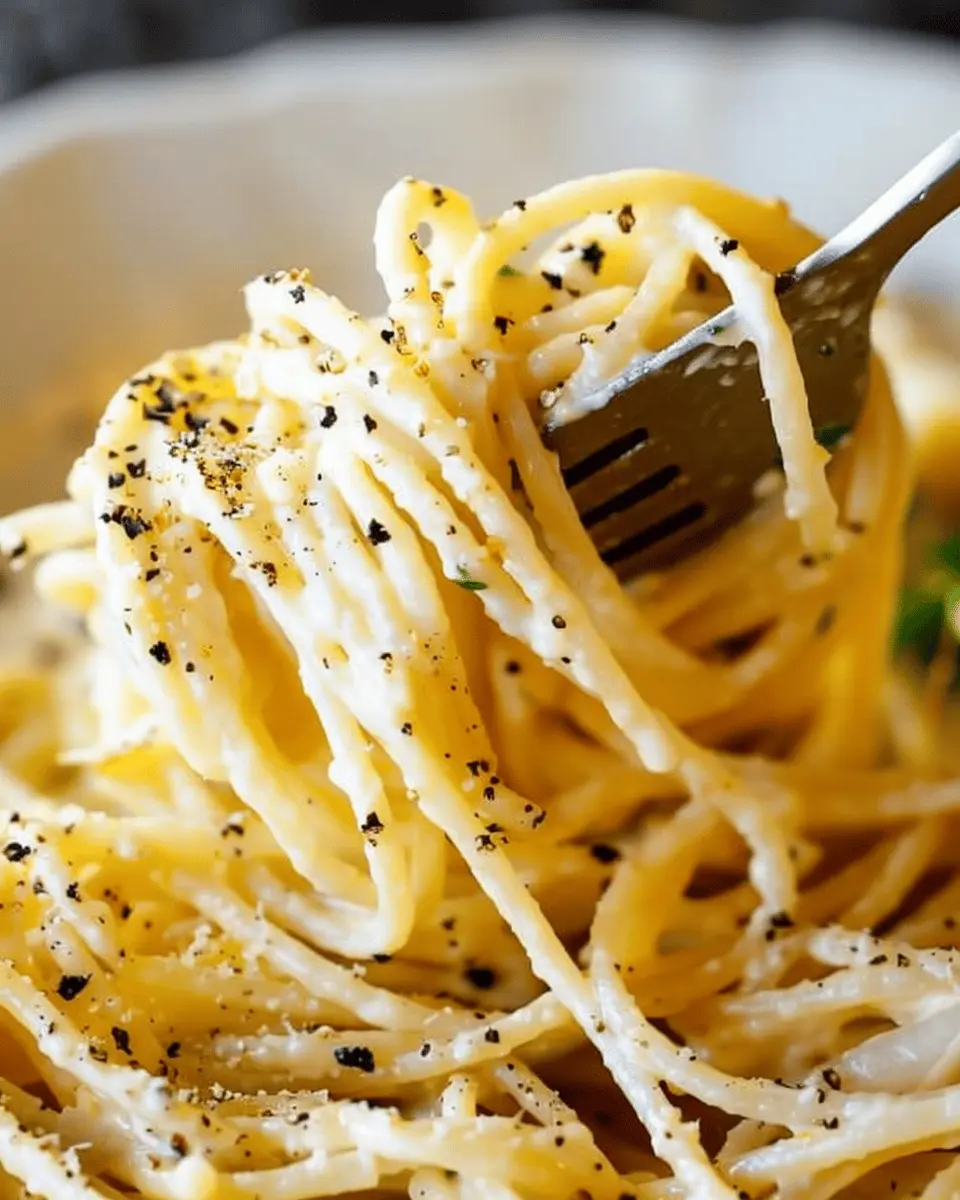
Introduction to the Best Cacio e Pepe Recipe
Why You Should Ditch Fast Food for Homemade Pasta
In today’s fast-paced world, it’s easy to rely on fast food for a quick meal. However, making homemade pasta offers a multitude of benefits. Not only does it taste infinitely better, but it also allows you to control the ingredients—ensuring freshness and quality. When preparing dishes like Cacio e Pepe, you can customize flavors just the way you like them. Plus, cooking at home can be a fun and relaxing experience, making it a perfect weekend activity after a hectic week.
My First Experience with Cacio e Pepe
I remember the first time I encountered Cacio e Pepe at a quaint Italian trattoria. The simplicity of the dish, with just three main ingredients—pasta, cheese, and pepper—was astonishing. The rich, creamy texture of the sauce and the robust flavor of freshly cracked black pepper enveloped the pasta in a way that felt both indulgent and comforting. I was immediately hooked and knew I needed to recreate this magic at home. Through trial and error, I discovered how to craft what I consider the best cacio e pepe recipe, and now I’m eager to share it with you.
A Glimpse into Cacio e Pepe’s Origins
Cacio e Pepe hails from the Roman cuisine, dating back to ancient times when shepherds would whip up a quick meal in the fields, combining basic ingredients—pecorino cheese, black pepper, and pasta. The dish’s name translates to “cheese and pepper,” aptly describing its components. Its minimalistic approach has captured the hearts of many food lovers, making it a staple in both Italy and around the globe. To learn more about culinary traditions, check out this article that dives into the history of Italian pasta dishes.
As we delve into the recipe, remember that the heart of Cacio e Pepe lies in its simplicity. By choosing quality ingredients and honing your technique, you can elevate this dish to new heights. Let’s get started on crafting the best cacio e pepe recipe together!
Ingredients for the Best Cacio e Pepe
Essential Ingredients List
Creating the best cacio e pepe recipe relies on a few quality ingredients that come together harmoniously. Here’s what you’ll need:
- Pasta: Choose high-quality spaghetti or tonnarelli for the perfect bite.
- Pecorino Romano Cheese: This is the star of the show! Opt for freshly grated to enhance flavor.
- Black Pepper: Freshly cracked is key for that robust kick.
- Salt: Use sparingly in the water as the cheese adds plenty of seasoning.
- Olive Oil: A drizzle can elevate the dish, adding richness.
Importance of Quality Ingredients
Using top-notch ingredients can transform your cacio e pepe from ordinary to extraordinary. For instance, Pecorino Romano, with its sharp and salty profile, is essential; it provides depth that pre-grated versions simply can’t match. Likewise, fresh black pepper not only adds heat but also aromatic complexity. Don’t compromise on these staples! You might even explore resources like Serious Eats for tips on sourcing the best ingredients. Remember, great flavor often starts with great quality!
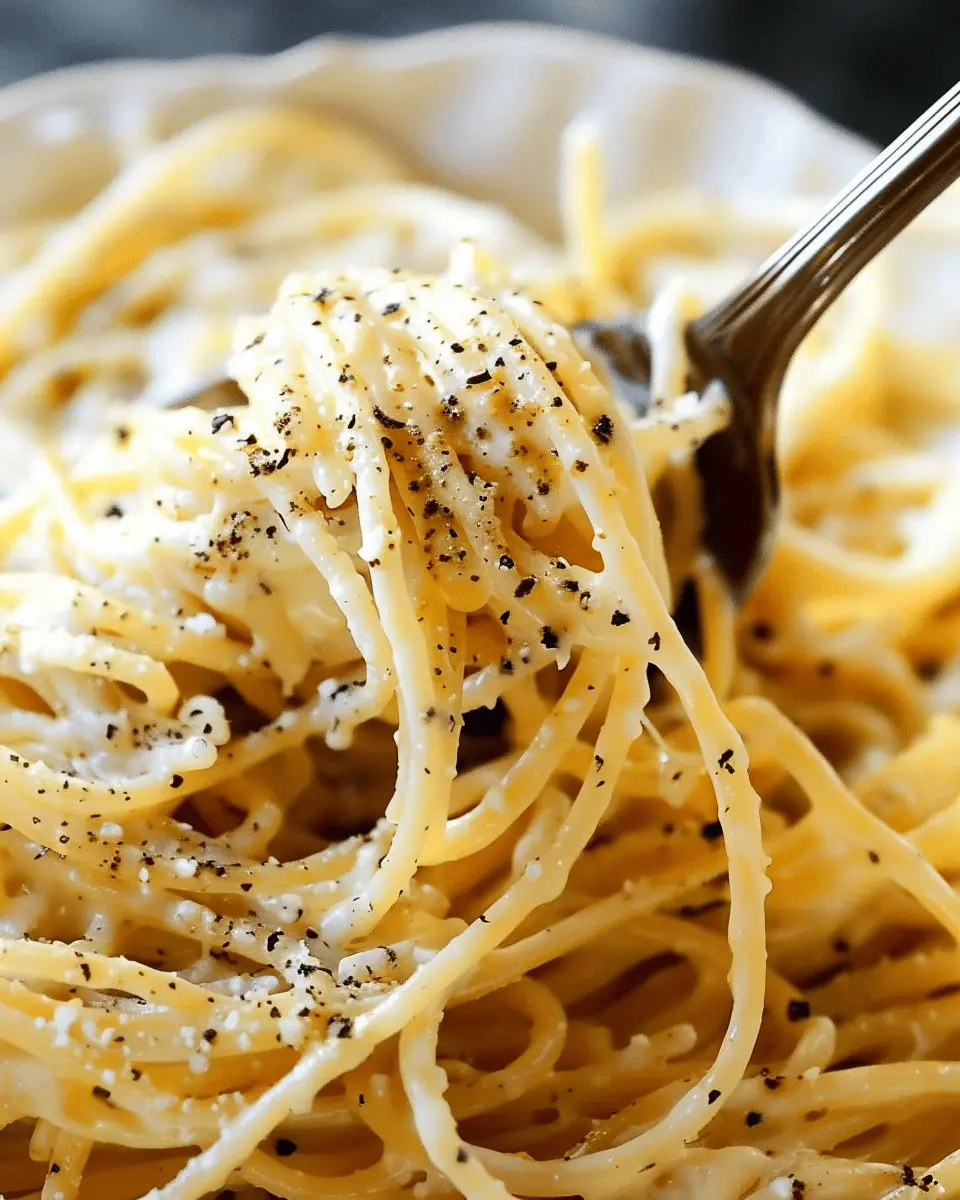
Step-by-Step Preparation of Cacio e Pepe
Boiling the Pasta
To kick off this delightful journey towards preparing the best cacio e pepe recipe, start by boiling your pasta. Spaghetti is the traditional choice, but feel free to explore options like bucatini or even linguine. The general rule of thumb is to use one liter of water for every 100 grams of pasta. Here’s how you can do it:
- Bring Water to a Boil: In a large pot, bring generously salted water to a boil. A good salt-to-water ratio is about 1 tablespoon per liter, which enhances the pasta’s flavor immensely.
- Add the Pasta: Once the water is at a rolling boil, add your spaghetti. Stir occasionally to prevent clumping. Cook it according to the package directions, usually around 8-10 minutes for al dente.
- Reserving Pasta Water: Before draining, take a cup of the starchy pasta water and set it aside. This liquid will be your secret weapon for achieving that creaminess later.
Preparing the Sauce
Now that your pasta is almost done, it’s time to prepare the sauce. The beauty of cacio e pepe lies in its simplicity, emphasizing quality ingredients. You’ll need:
- Pecorino Romano Cheese: Grate about one cup of this tangy cheese, ensuring it’s freshly grated for optimal melting. The cheese is essential for achieving that classic flavor.
- Black Pepper: Freshly ground black pepper is key here. Measure out one to two teaspoons, depending on how peppery you like your dish.
In a large frying pan, make the magic happen:
- Toast the Pepper: Add the black pepper to the pan over medium heat, toasting it for about a minute. This step intensifies the flavor and brings out the aroma.
- Combine with Cheese: Once toasted, lower the heat and add the finely grated Pecorino Romano. Mix thoroughly until it resembles a thick paste. This is the heart and soul of the best cacio e pepe recipe.
Combining the Pasta and Sauce
With both the pasta and sauce ready, it’s time to bring them together:
- Add Pasta to Sauce: Drain the pasta (remember to leave that reserved water!). Immediately add it to the frying pan over medium-low heat.
- Create the Emulsion: Slowly add a bit of the reserved pasta water while mixing continuously. The key here is to achieve a creamy sauce without using any cream. If the sauce is too thick, add more pasta water a little at a time until you get that desired consistency.
Final Touches for Creaminess
This is where the magic happens, and trust me, it makes all the difference:
- Stir Until Creamy: Keep stirring the pasta for a few minutes while the cheese melts and incorporates with the pasta and water. This mixture should turn silky and glossy—a perfect creamy finish.
- Adjust Seasoning: Taste and adjust the seasoning if necessary. You might want to sprinkle in a little more cheese or black pepper, depending on your taste.
Plate and Serve
You’ve made it to the finishing line! Now, let’s get ready to serve:
- Serving Platter: Plate the pasta generously in shallow bowls. A cute serving suggestion is to twirl the pasta with a fork to create an appealing nest-like presentation.
- Top with More Cheese and Pepper: Finish it off with additional Pecorino Romano and a sprinkle of black pepper. This little extra step is sure to wow your guests.
- Pairing Suggestions: For a complete meal, consider serving this alongside a simple green salad or a vegetable side dish such as roasted asparagus. A refreshing sparkling water can also be a great non-alcoholic pairing to cleanse the palate.
And there you have it—the step-by-step preparation for the best cacio e pepe recipe! Enjoy your culinary adventure, and remember, practice makes perfect. Each time you make it, you’ll discover ways to personalize this classic dish. Happy cooking!
Variations on Cacio e Pepe
When it comes to the best cacio e pepe recipe, the classic version is hard to beat, but there’s so much room for creativity! Let’s explore some delicious variations that can elevate your pasta dish, making it even more delightful.
Cacio e Pepe with Vegetable Additions
If you’re looking to boost your veggie intake, consider adding some sautéed vegetables. Spinach, asparagus, or roasted bell peppers can add color and flavor to the creamy cheese and cracked pepper. Start by cooking your chosen vegetables in olive oil, then mix them in right before you combine the pasta with the cheese. The earthy flavors complement the dish wonderfully and make it a well-rounded meal.
A Spicy Twist on Cacio e Pepe
Feeling adventurous? Spice up your the best cacio e pepe recipe by incorporating red pepper flakes or even some diced jalapeños. This playful twist adds a kick that contrasts beautifully with the creamy cheese. Just be careful with the amount; start small and adjust according to your heat preference. Feeling bold? Pair your spicy pasta with a refreshing lemonade or herbal iced tea for a perfect balance.
Adding Proteins: Chicken Ham or Turkey Bacon?
Want to turn your cacio e pepe into a heartier dish? Adding proteins like chicken ham or crispy turkey bacon can take it to the next level. Simply cook your meat of choice until golden and then toss it with the pasta right before serving. Not only does this add substance, but it also gives a delightful crunch that elevates the overall texture of your meal.
Exploring these variations will not only keep your cacio e pepe exciting but also allow you to customize it to your taste preferences! Check out more about pasta pairings for inspiration here Pasta Pairings. Enjoy experimenting!
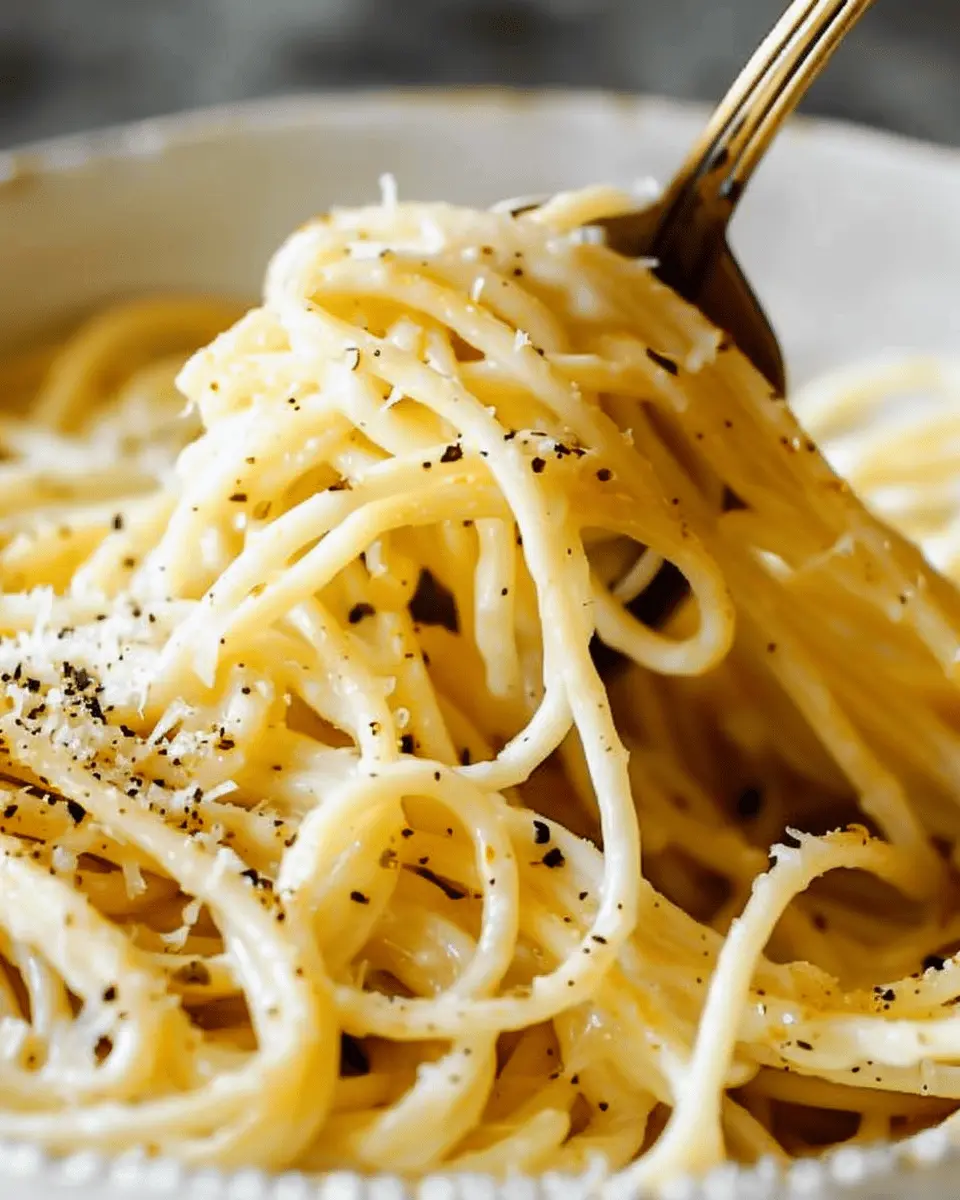
Cooking Tips and Notes for Cacio e Pepe
Insider Tips for Perfecting Your Sauce
To truly nail the best cacio e pepe recipe, the right balance of cheese and pasta water is crucial. Use a high-quality Pecorino Romano cheese for that rich flavor. When mixing, ensure the pasta is still hot—this helps the cheese melt smoothly. Gradually add your reserved pasta water; think of it as a silky magic potion that binds everything together. Have you ever tried tossing the pasta in a large bowl? This can make for a more uniform coating of the sauce!
Common Mistakes to Avoid
Even simple dishes can have pitfalls! Here are some common mistakes to watch for:
- Rushed cheese: Never dump all cheese in at once. Gradually incorporate it to avoid clumps.
- Skipping the starchy water: This is your secret ingredient; don’t skip it!
- Choosing low-quality ingredients: Always use authentic Pecorino Romano for flavor.
Want to impress your friends? Check out expert tips from Serious Eats on perfecting pasta dishes!
Serving Suggestions for Cacio e Pepe
Pairing with Side Dishes
When enjoying the best cacio e pepe recipe, the right side dishes can elevate your meal. Try a simple arugula salad drizzled with a lemon vinaigrette to add a refreshing contrast to the richness of the pasta. Roasted vegetables, such as asparagus or Brussels sprouts, are also fantastic companions, providing a bit of crunch and earthiness. For a heartier option, consider serving with turkey bacon or chicken ham. The savory notes of these sides harmonize beautifully with the creamy, peppery pasta.
Recommended Non-Alcoholic Beverages
Pairing the best cacio e pepe with a delightful drink can enhance your dining experience. Sparkling water with a slice of lemon is a refreshing choice, cleansing your palate between bites. Alternatively, try a herbal iced tea, such as peppermint or chamomile, which can complement the dish’s flavors without overpowering them. If you’re feeling adventurous, a homemade lemonade with a hint of fresh basil can provide a zesty kick. For more ideas on non-alcoholic pairings, check out this guide.
With these suggestions, your cacio e pepe feast will be one to remember!
Time Breakdown for Cacio e Pepe
Preparation Time
Getting ready for the best cacio e pepe recipe is a breeze. You’ll need about 10 minutes to gather all your ingredients and measure out the right amounts. Make sure to have your pasta, cheese, and freshly cracked black pepper on hand. If you want to elevate your dish, consider investing in high-quality Pecorino Romano cheese—it’s well worth it!
Cooking Time
Once you’re prepped, the cooking process takes roughly 15 minutes. This is where the magic happens as the pasta cooks and absorbs all those wonderful flavors from the cheese and pepper. Just be mindful of not overcooking the pasta; al dente is the way to go!
Total Time
In total, you’re looking at a delightful 25 minutes from start to finish. Perfect for a quick weeknight dinner or an impressive dish for guests. This speedy recipe allows you to create a restaurant-quality meal in the comfort of your own home—what could be better?
For more insights on pasta cooking times and techniques, you might enjoy exploring resources like America’s Test Kitchen or Bon Appétit.
Nutritional Facts for Cacio e Pepe
When you whip up the best cacio e pepe recipe, it’s good to know what you’re indulging in. This classic dish is not just delicious; it packs some interesting nutritional elements to consider!
Calories
A standard serving of cacio e pepe contains around 400–500 calories. If you’re tracking your daily intake, you’ll want to account for this flavorful dish.
Fats
Typically, you’re looking at about 15–20 grams of fat per serving, largely from the cheese. Opting for high-quality Pecorino Romano can elevate that creamy goodness while ensuring the fats are beneficial!
Protein
For all you fitness enthusiasts, a serving usually delivers about 15–20 grams of protein. Pair it with a side of grilled chicken or a protein-rich salad to boost your meal even further.
Want to learn more about the nutritional benefits of pasta? Check out Nutrition.gov for some great guidelines!
FAQs about Cacio e Pepe
How do I achieve the perfect creaminess?
Achieving the perfect creaminess in Cacio e Pepe is all about timing and technique. Here are some tips to help you get that velvety sauce:
- Pasta Water is Key: The starchy pasta water acts as a magical emulsion, so make sure to reserve some before draining your pasta.
- Finely Grate Your Cheese: Pecorino Romano melts more smoothly when finely grated. Consider using a microplane for the best texture.
- Combine Gradually: Add cheese to the pasta in increments, mixing well with the reserved pasta water until you reach the desired consistency.
Can I substitute Pecorino Romano with other cheeses?
While Pecorino Romano is traditional for a reason, some alternatives can still create a delightful dish. Options include:
- Parmesan: A milder flavor, but it works well when aged.
- Grana Padano: Similar to Parmesan, but a little creamier.
- Nutritional Yeast: For a dairy-free option, it adds that cheesy flavor without the heaviness.
Just keep in mind that different cheeses will alter the flavor profile, but experimentation can lead to delicious discoveries!
What’s the best way to store leftover Cacio e Pepe?
If you find yourself with leftovers (a rarity, but it happens!), here’s how to store them:
- Refrigerate: Place leftovers in an airtight container in the fridge. They’ll stay fresh for about 2-3 days.
- Reheat with Care: When warming up, add a splash of water or broth to help restore creaminess. Heat slowly on the stove instead of in the microwave for even results.
For our full recipe, check out The Best Cacio e Pepe Recipe. Let’s embrace every cheesy bite together!
Conclusion on Cacio e Pepe
Recap of Why Cacio e Pepe is a Must-Try
Cacio e Pepe is more than just a dish; it’s a celebration of the simple joys of cooking. This iconic Italian pasta, with its creamy cheese and spicy black pepper, showcases how minimal ingredients can create a satisfying meal. As you savor the flavors, remember that this dish’s simplicity is its beauty. The ease of preparation makes it perfect for busy weeknights or casual gatherings with friends. It’s no wonder it’s often hailed as one of the best comfort foods!
Encouragement to Experiment and Enjoy Cooking
As you dive into making the best cacio e pepe recipe, don’t hesitate to infuse your personality into the dish. Substitute different cheeses or add a touch of lemon zest for a unique twist. Enjoy the process; after all, cooking should be an adventure! Remember, every attempt helps you refine your skills, so embrace the kitchen chaos. For more inspiration, check out sites like Serious Eats or New York Times Cooking for tips and variations. Happy cooking and buon appetito!
PrintThe Best Cacio e Pepe Recipe: Easy, Indulgent Comfort Food
Discover how to make the ultimate Cacio e Pepe, a simple yet indulgent pasta dish that is perfect for a comforting meal any night of the week.
- Prep Time: 10 minutes
- Cook Time: 10 minutes
- Total Time: 20 minutes
- Yield: 4 servings 1x
- Category: Main Dish
- Method: Boiling
- Cuisine: Italian
- Diet: Vegetarian
Ingredients
- 400 grams spaghetti
- 100 grams Pecorino Romano cheese, grated
- 1 tablespoon black pepper, freshly cracked
- Salt for pasta water
Instructions
- Boil a large pot of salted water and cook the spaghetti until al dente.
- In a bowl, combine the grated Pecorino Romano cheese and black pepper.
- Once the pasta is cooked, reserve some pasta water and drain the pasta.
- Add the hot pasta to the cheese and pepper mixture, adding reserved pasta water as needed to create a creamy sauce.
- Serve immediately with extra cheese and pepper on top.
Notes
- For a creamier texture, use a little more reserved pasta water.
- Ensure the cheese is finely grated for smooth incorporation.
Nutrition
- Serving Size: 1 plate
- Calories: 700
- Sugar: 1g
- Sodium: 250mg
- Fat: 20g
- Saturated Fat: 10g
- Unsaturated Fat: 5g
- Trans Fat: 0g
- Carbohydrates: 100g
- Fiber: 3g
- Protein: 25g
- Cholesterol: 60mg
Keywords: Cacio e Pepe, Pasta, Comfort Food

